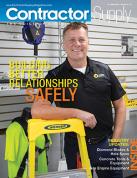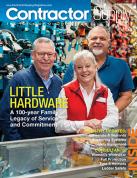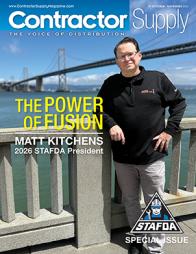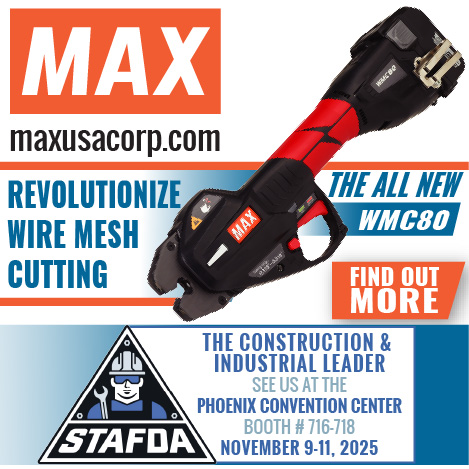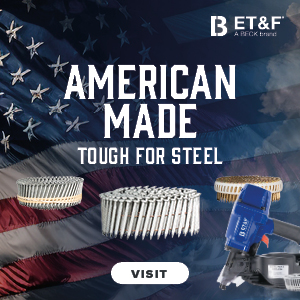Exclusive: 10 Easy Tips to Increase Warehouse Safety
An industry expert outlines some of the quickest, most cost-effective ways to improve warehouse safety without investing in all new rack.
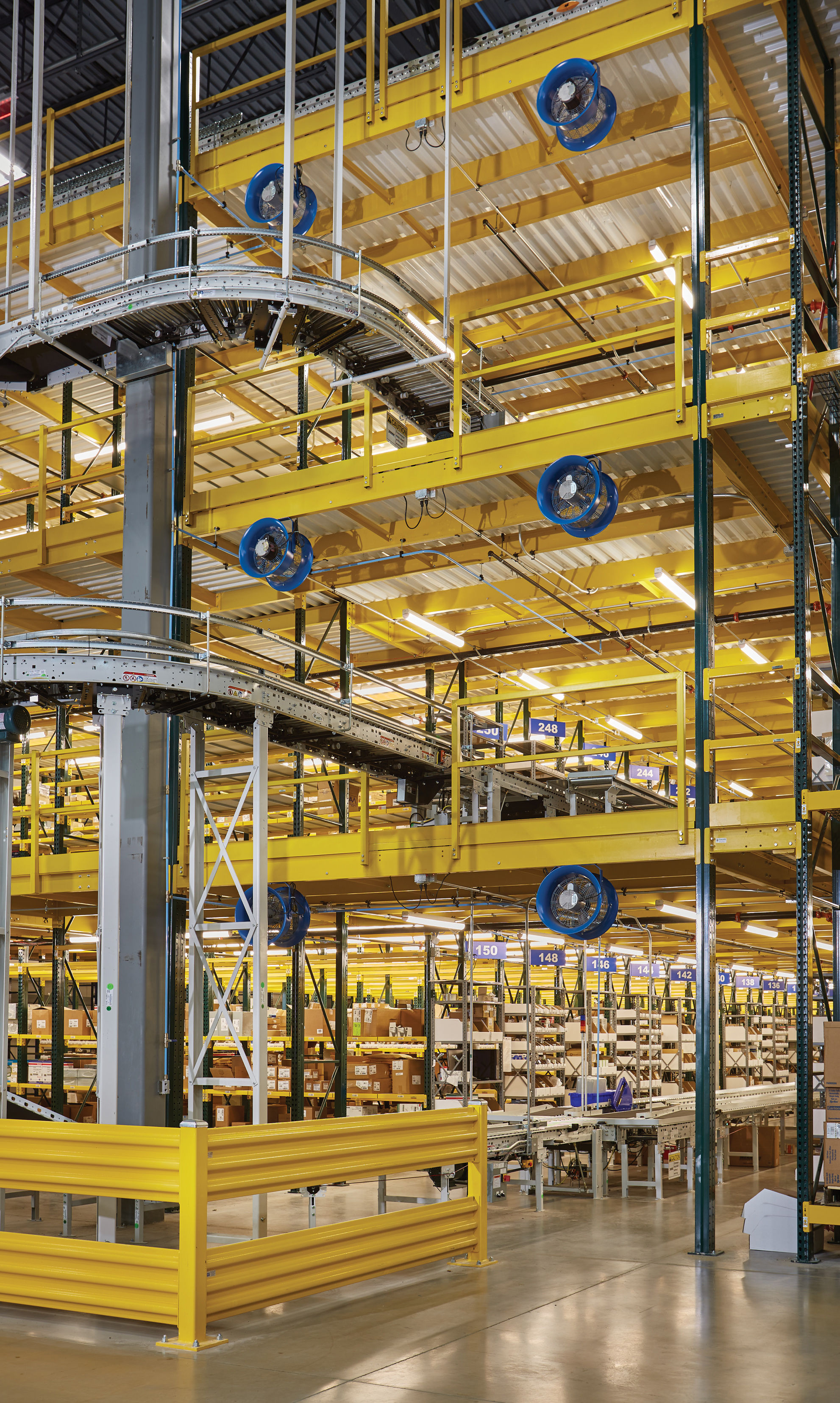 |
|
A well thought out rack safety program can prevent many accidents and reduce downtime, rack replacement, liability, and other costs. |
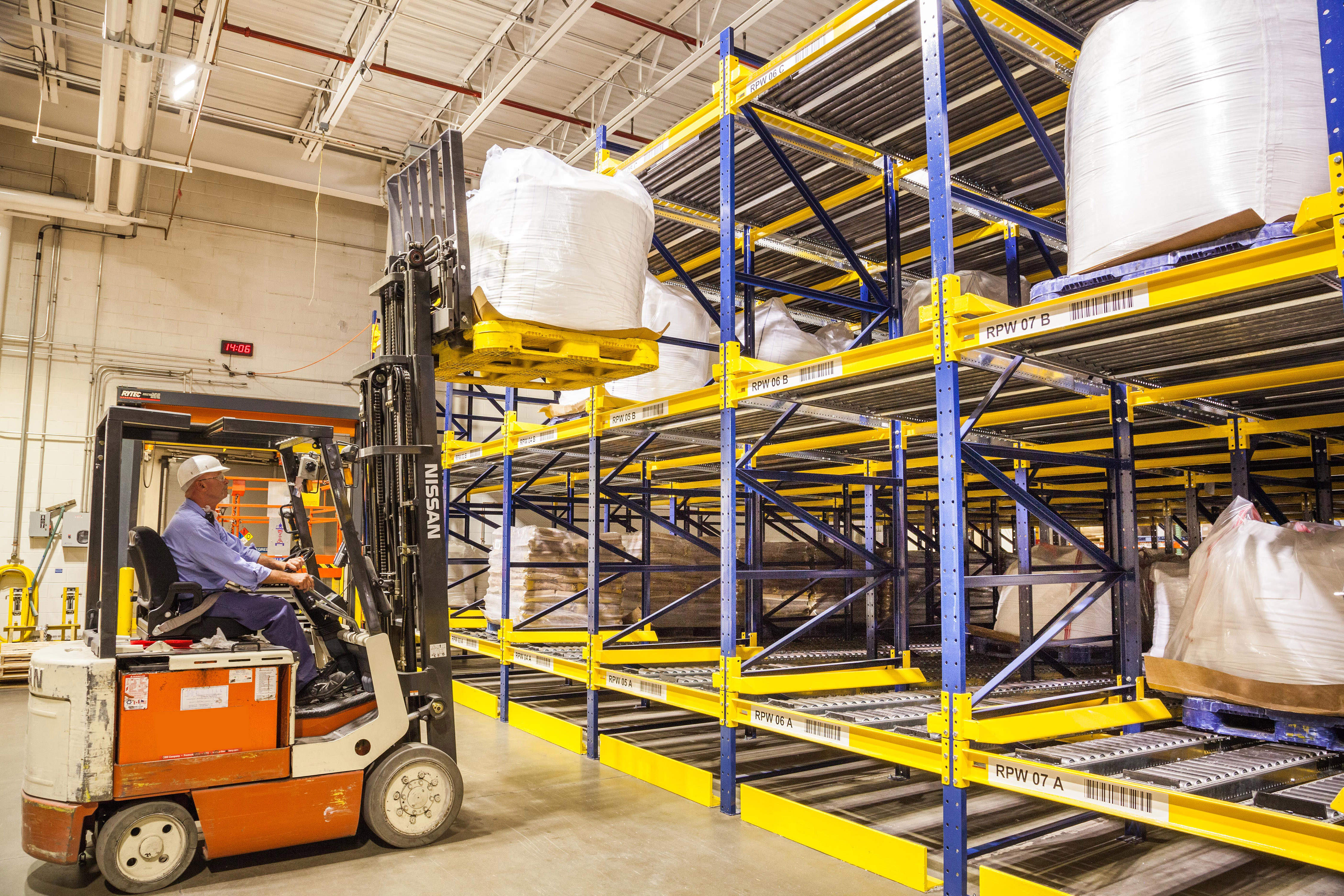 |
|
Steel guardrails can keep pedestrians in defined walkways and vehicles along predetermined routes with protective barriers maintaining separation. |
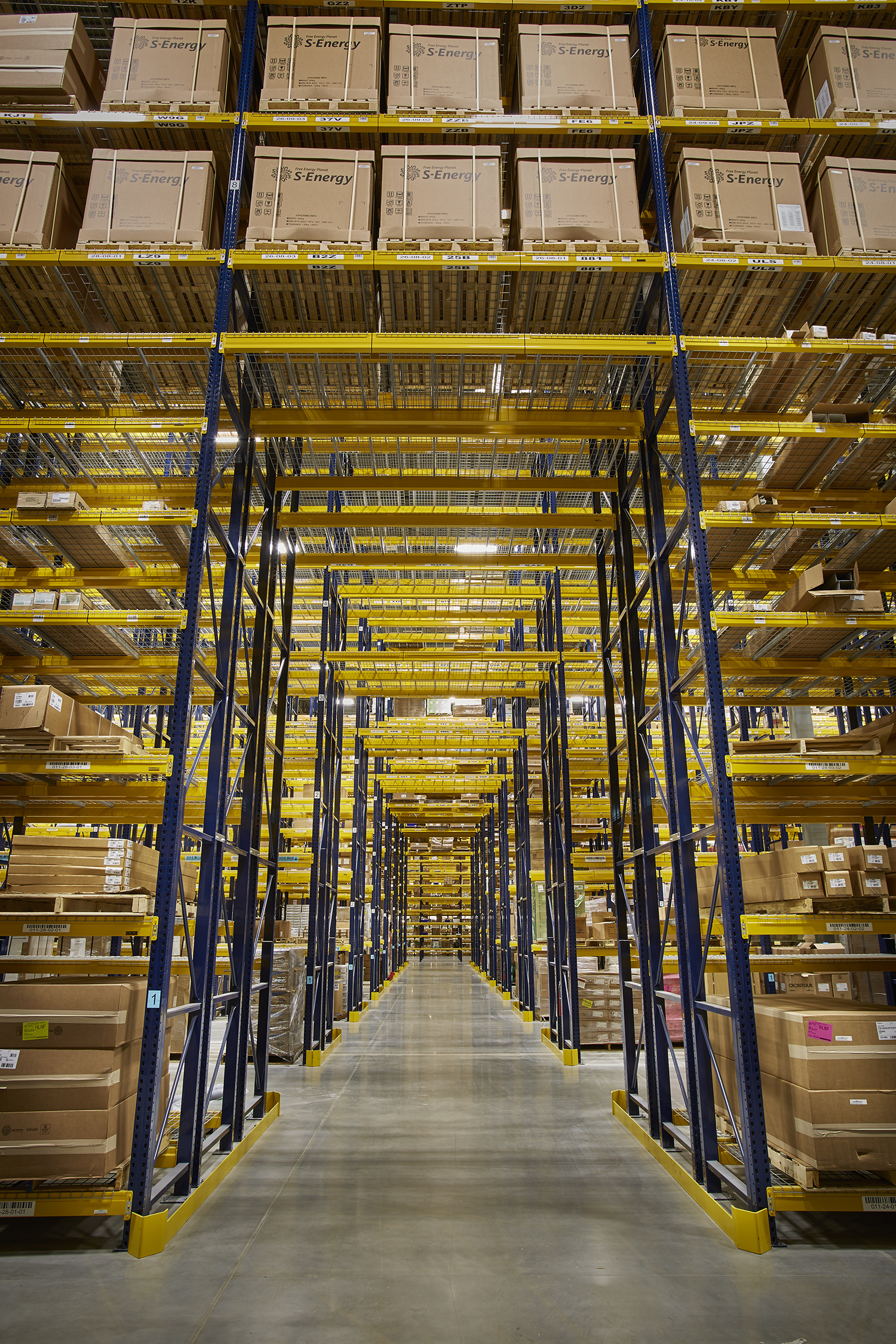 |
|
Today it is easy to use a wide range of cost-effective safety products to protect warehouse workers, products, and property. |
Insufficient safety measures in warehouse and distribution centers can have severe repercussions, including injuries, operational downtime, product losses, property damages, and potential legal actions. Of particular concern are accidents involving collisions between forklifts or other vehicles and employees or visitors.
Within busy operations, it is quite possible that a forklift or other vehicle will eventually run into the rack. While the rack may not require immediate replacement, storage capacity and product throughput may be compromised for some time.
If overloaded or loaded incorrectly, a rack can also collapse, spilling the inventory to the ground. Employees and visitors must also be protected from vehicle traffic.
Fortunately, a well thought out rack safety program can prevent many accidents and reduce downtime, rack replacement, liability, and other costs.
“As in life, prevention is the best cure. Rather than investing in all new racking, today it is easy to use a wide range of cost-effective safety products to protect warehouse workers, products, and property,” says Jim Augustyniak, a regional sales manager at Steel King Industries, a designer and manufacturer of warehouse storage racks, pallet racks and material handling/safety products since 1970.
To be effective, the ideal warehouse rack safety plan includes several key elements to minimize the risks of accidents and injuries. While the specific elements of a rack safety program will be unique to each facility and operation, most comprehensive programs include several commonalities.
Augustyniak offers the following 10 Tips for improving safety, which can be implemented separately or together for even greater effectiveness:
1) Clearly define and protect walkways and work areas around racking
Lines painted on the floor can be helpful in promoting separation of vehicles and pedestrians. However, when no physical barrier is provided, forklifts and other vehicles can cross over to the pedestrian side for reasons such as operator inattention/distraction or insufficient training.
A more comprehensive solution is to establish visual and physical barriers in the form of guardrails.
“Steel guardrails can keep pedestrians in defined walkways and vehicles along predetermined routes with protective barriers maintaining separation,” says Augustyniak.
For heavy duty protection, three-ribbed guardrail like Steel Guard is designed to withstand impacts from forklifts and other vehicles commonly operated in warehouses and distribution centers. The guardrail can be installed with a single rail or a double rail that offers a 42-inch-high barrier.
An Armor Guard, a medium-duty guardrail, is an effective and cost-efficient solution for safeguarding workers from light shop traffic. This high-quality guardrail features two ribs and offers the flexibility to be installed at a single or triple rail height.
2) Protect equipment with guardrail and safety gates
Guardrails can be used to protect mezzanines/platforms, conveyor systems, machinery, mechanicals, electrical panels, building features, and offices situated amid material handling or manufacturing operations.
“Lift-out/drop-in rails for guardrail systems can provide protection for equipment, while allowing easy access if required,” says Augustyniak.
He adds that when frequent access is needed, durable safety gates can be utilized. For greater flexibility of use, it is a good idea to use safety gates designed to accommodate an easy change in the swing direction of the gate. For added safety, sturdy steel springs should automatically close the gate after use.
3) Protect rack from forklift damage in high traffic areas
Pallet rack rows can be protected from one of the most likely sources of damage – forklifts – with accessories like Guard Dawg. These guardrails are often installed at intersections and along high traffic routes to protect the rack that is most likely to be damaged, according to Augustyniak.
“The guardrail is designed to protect both the front and sides of a rack row in one installation,” says Augustyniak. The Guard Dawg sections are anchored to the floor, safeguarding the uprights and standard footplates of the racking.
4) Protect rack columns from structural damage
When forklift operators load and unload product on racking, collisions with an upright can occur that compromise its structural integrity.
To protect against this scenario, safeguard the rack frame and posts with freestanding steel rack protectors. These mount on the floor in front of each upright, typically 12” or 18” high, and are specifically built to protect the most vulnerable part of a rack frame — the base plate and lower leg.
“The protectors are much easier and faster to replace than an entire upright,” says Augustyniak.
5) Use Snap-on solid steel protectors to help deflect impact to the rack
Some of the most common areas of forklift impact occur to the rack face. Snap-on protectors can deflect and absorb some of the impact. The protectors snap into place, attaching to the rack’s teardrop holes, and can be easily removed, reinstalled, or replaced as needed.
6) Rub rails to protect vulnerable surfaces in narrow aisles or high traffic areas
Rub rails are often installed to protect end-of-rack aisles, in-plant offices, and exposed equipment. The upright is protected in two ways. First, the rub rail helps distribute any impact forces to the rear column of the frame. Second, the rub rail prevents the column from twisting when hit. The rails easily bolt on and can be installed at multiple levels for more protection.
7) Protect warehouse inventory from falls and fires
Pallet load stop beams are designed to prevent pallets of product from being accidentally pushed off the back of a rack during loading or unloading, which can occur with certain loads if excessive force is used.
By keeping pallets in the proper position with sufficient clearance, pallet load stop beams also facilitate better fire suppression from overhead sprinklers in the event of a warehouse fire.
“Pallet safety stops create an acceptable opening between pallets, which provides sufficient space for water [from above-rack fire suppression sprinklers] to penetrate to the products stored in the racks. Without adequate spacing, there is inadequate fire suppression,” says Augustyniak. He notes that the pallet stop units bolt securely to rack uprights, enabling repositioning if the rack load changes.
8) Use load supports to secure non-standard load sizes
For non-standard load sizes, consider using load supports to help keep inventory from falling between the rack beams that support the product.
“For a more complete approach, you can use welded-wire rack decking or perforated metal decking to protect non-standard loads as well as small items that may come loose from a load,” says Augustyniak.
9) Keep loose products from falling off racks with barriers or netting
Loose products can slide, overturn, or topple off a rack. This is especially dangerous where the rack is adjacent to walking aisles or work areas.
To address this hazard, frame accessories such as flexible woven netting or steel mesh barriers can be attached to the rack system to prevent loads from falling and injuring those below.
10) Train employees to prevent accidents and inspect racking
While the specifics will be unique to each operation, safety training should include instruction on routine rack inspection since some damage will occur over time.
Operators should look for any indication that rack has sustained an impact such as loose connections, sheared or missing anchor bolts, and beams or columns that are twisted or out-of-plumb. When noted, the racking should be promptly repaired, or depending on the severity, clearly marked, and put out-of-service until the damaged components are replaced.
With appropriate training and safety products, warehouse operators will minimize the risk of potentially serious injury and damage. In addition, the warehouse will improve the bottom line by establishing a secure, efficient environment that protects employees, equipment, and inventory for many years to come. CS
For more information, call Steel King at (800) 826-0203 or visit them online at www.steelking.com.
By Del Williams: Del Williams is a technical writer based in Torrance, California.







